Definition
noun, plural: accessory pigments
A non-chlorophyll pigment inside the chloroplast of photosynthetic organisms, and help in absorbing other light energy essential during the light reactions of photosynthesis
Supplement
In photosynthetic organisms such as algae and plants, they have light-absorbing pigments essential in the process of photosynthesis. Photosynthesis is a process that produces complex organic material from inorganic sources and light energy. The process is comprised of two main reactions: the light reactions and the dark reactions. The light reactions of photosynthesis occur on the thylakoid membranes of the chloroplast. The light reactions may either be cyclic or non-cyclic. In cyclic reaction, when the electron is displaced from the photosystem, the electron is passed down the electron acceptor molecules and returns back to photosystem I, from where it was emitted. In the non-cyclic reaction, the photons are captured in the light-harvesting antenna complexes of photosystem II by chlorophyll and other accessory pigments. Accessory pigments are therefore essential since they help absorb light and then pass the energy to a primary pigment, i.e. chlorophyll. Examples of accessory pigments are carotenoids (e.g. xanthophylls and carotenes) and phycobilins (e.g. phycoerythrin, phycocyanin, allophycocyanin, etc.).
See also:
Dictionary > Accessory pigment
You will also like...
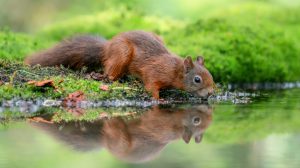
Animal Water Regulation
Animals adapt to their environment in aspects of anatomy, physiology, and behavior. This tutorial will help you understa..
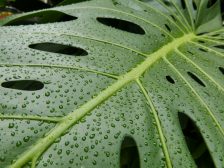
Plant Water Regulation
Plants need to regulate water in order to stay upright and structurally stable. Find out the different evolutionary adap..
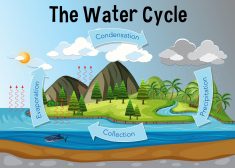
The Water Cycle
The water cycle (also referred to as the hydrological cycle) is a system of continuous transfer of water from the air, s..
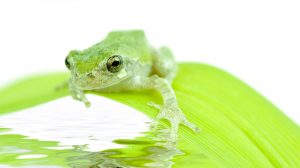
Adaptation Tutorial
Adaptation, in biology and ecology, refers to the process or trait through which organisms or the populations in a habit..
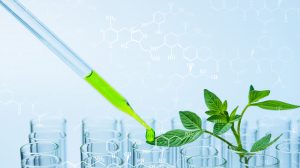
Plant Biology
Plantlife can be studied at a variety of levels, from the molecular, genetic and biochemical level through organelles, c..

The Origins of Life
This tutorial digs into the past to investigate the origins of life. The section is split into geological periods in the..